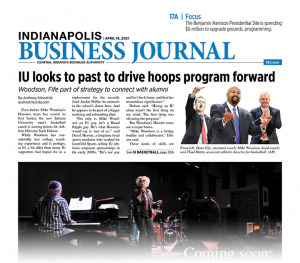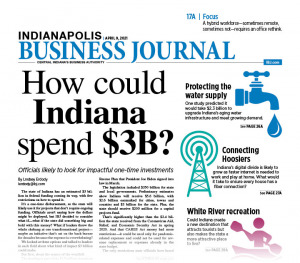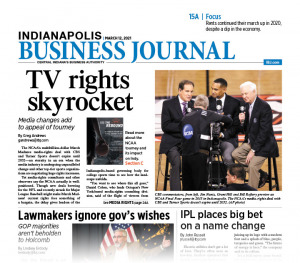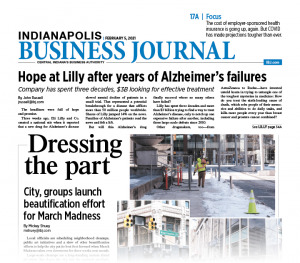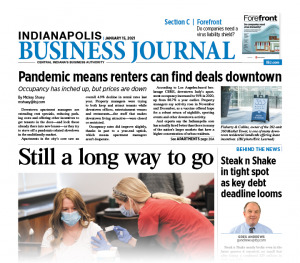
MAY 14-20, 2021
Thirty-three-year-old Eli Simon, whose grandfather and great-uncles founded Simon Property Group more than a half-century ago, is quietly emerging as a key executive in the family retail real estate empire. Greg Andrews has the inside story of his rise and his new responsibilities. Also in this week’s issue, Mickey Shuey explains how teams such as the Indianapolis Colts and the Indiana Pacers are trying to accommodate sports bettors in their home facilities. And in a Q&A with IBJ, Jennifer Pace Robinson shares her goals as the new CEO of The Children’s Museum of Indianapolis.




